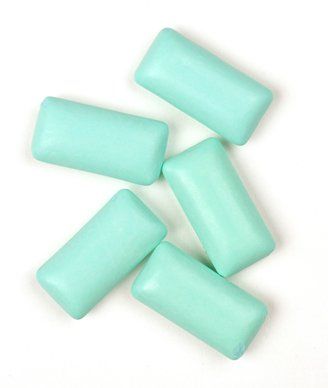Could Gum Chewing Aid Motility After Abdominal Cancer Surgery?
Gum chewing might help patients avoid prolonged intestinal motility dysfunction following abdominal cancer surgery, suggested findings reported at the ONS Congress.
Image © Andreas Berheide / Shutterstock.com

Gum chewing might help patients avoid prolonged intestinal motility dysfunction following abdominal cancer surgery, suggested findings reported at the Oncology Nursing Society (ONS) 42nd Annual Congress, held May 4–7 in Denver.
“Simple gum chewing may prevent prolonged postoperative ileus and nurses play a vital role in implementing this intervention,” said lead study author Linda Chan, BSN, RN, OCN, of the University of Texas Southwestern Medical Center in Dallas.
Postoperative ileus affects up to 32% of patients, costing up to $15,000 per episode-more than $750 million a year in the United States, all told. “It also causes immeasurable pain and suffering,” said Chan.
Postoperative ileus has an initial neurologic phase and a subsequent macrophage-mediated inflammatory phase. Chewing stimulates the vagus nerve and gut motility and sweetening agents in sugar-free gum appear to cause an “osmotic effect in the gut” that facilitates intestinal motility, she said.
To assess whether gum chewing affects the risk of postoperative ileus, the research team provided 159 patients who had undergone abdominal cancer surgery with information packets on the potential benefits of gum chewing after surgery and invited them to participate in the study. Patients who were disoriented and could not offer informed consent were excluded from the study. Those patients who opted to participate were given an instruction packets and a supply of their choice of regular or sugar-free gum. The patients were instructed to chew gum 6 hours after surgery or when feeling fully awake, and then four times a day and as desired during recovery. Nurses continued to offer patients gum until their first bowel movements after surgery.
“Bedside nurses are ideally positioned to teach and encourage recovering patients to chew gum,” Chan said.
Ten of 85 patients (11.8%) who abstained from gum chewing and five of 74 patients (6.8%) who participated in the gum-chew intervention experienced postoperative ileus as determined in radiographic imaging reports.
A computerized flowsheet was designed to document gum chewing in patients’ electronic health records.
Gum chewing represents a “low-cost intervention with little risk for alert, oriented, recovering abdominal surgical oncology patients who can safely chew and swallow,” she and her colleagues reported.